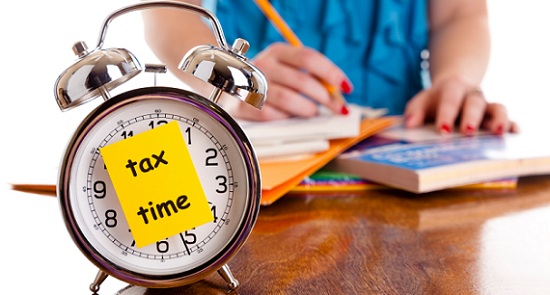The start of the new financial year has come and gone, so its time to complete your year-end bookkeeping. If you are like most small businesses, you have work to do to get your books ready for your accountant. Having your year-end bookkeeping as accurate as possible aids in the speed of the preparation of your return. This means not only faster turn around for your tax return but cheaper too.

Five Keys for Accurate Year End Bookkeeping.
Here are five key items to check in your year-end bookkeeping prior to having your tax completed.
- Check that all your accounts have been reconciled up to 30 June. This includes business bank accounts, credit cards, petty cash accounts and loan accounts. Check that your balance for each bank account as at close of business 30 June matches the closing balance in your accounting software.
- Check your chart of accounts and ensure that each account’s GST code is correct. GST isn’t on all income and expenses. Common errors include ASIC payments, bank fees, interest expense, superannuation payments and insurance. Insurance is a tricky item as the stamp duty portion is GST free. To thoroughly examine your income and expenses for GST pull a GST Audit Report (name varies depending on your accounting software). This will help you review any transactions that may have been coded incorrectly.
- Review your accounts receivable report. This report should reflect the amounts your clients owe you as at the date of the report. Take a closer look at any negative figures, to see if there are errors. If any of the amounts are bad debts, make note of them and tell your accountant. If you are using Xero and you want to write them off yourself, follow these steps.
- Review your accounts payable report. This report should reflect the amounts you owe your suppliers as at the date of the report. If you have items on this report that were paid personally or with cash, ensure these are closed off to the appropriate account. For example, a sole trader using the Xero chart of accounts should use the account ‘881 Owner A Funds Introduced’.
- Lastly, go back to your bank reconciliations and check for any outstanding deposits or outstanding cheques. An outstanding deposit may reveal a cheque that has been forgotten to be banked.
If you need any more help getting your year-end bookkeeping complete, please don’t hesitate to contact us.
